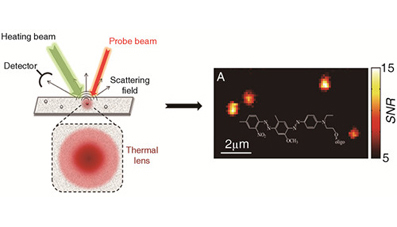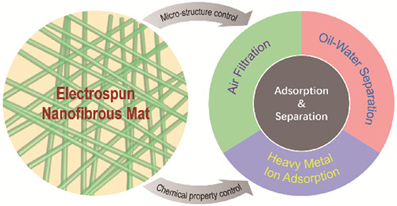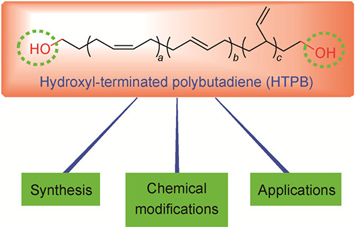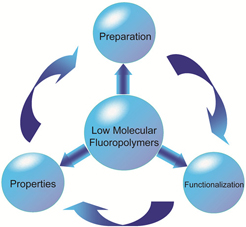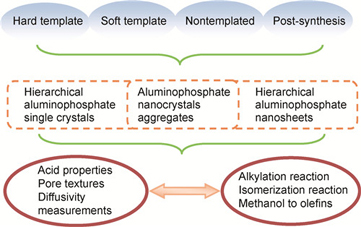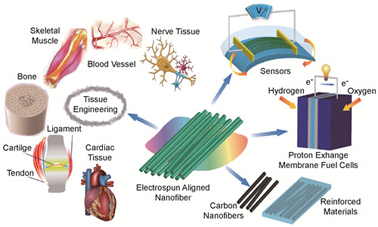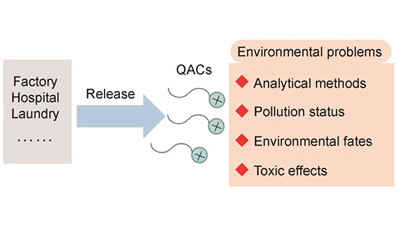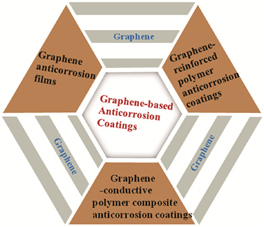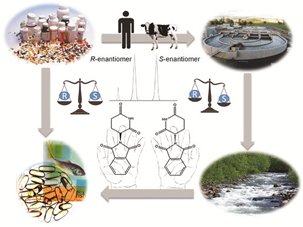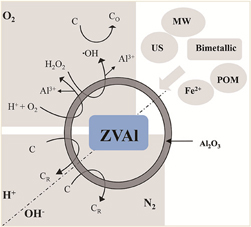Graphene is a one-atom-thick planar sheet of sp
2-bonded carbon atoms densely packed together in a honeycomb hexagonal lattice. The exceptional structure endows graphene with excellent electrical, mechanical, thermal, and optical properties. Up to now, considerable efforts have been made to explore its application in varied areas, such as catalyst, battery, sensor and etc. Cellulose, one of the most abundant natural polymer on earth, is featured by non-toxicity, renewability, biodegradability and biocompatibility. The hydrophilicity and hydrophobicity, originated from the enriched O-H and C-H, respectively, have made cellulose an ideal candidate for the fabrication of graphene-based materials. So far, graphene/cellulose composites have shown great potential in the applications of transparent conductive flexible films, supercapacitors, drug delivery, UV-protection, sensors, absorbents and so on. In this review, we study the interaction between cellulose materials and graphene materials. Subsequently, the mixing technics, fabrication methods, and application of the graphene/cellulose composites are summarized. Finally, problems, such as dispersion of graphene in cellulose and production efficiency, hampering its up-scale application, have been pointed out.
Contents
1 Introduction
2 Interactions between graphene and cellulose
3 Mixing methods of graphene/cellulose composite
3.1 Solution mixing
3.2 Melting mixing
3.3 Others
4 Processing of graphene/cellulose composite
4.1 Regeneration of cellulose gel
4.2 Vacuum filtration
4.3 Solution coating
4.4 Dip and dry
4.5 Film transfer
4.6 Aerogel through freeze drying
5 Applications of graphene/cellulose composite
5.1 Thin film materials
5.2 Supercapacitors
5.3 Drug delivery
5.4 UV-protection
5.5 Sensors
5.6 Absorbents
5.7 Others
6 Conclusion









